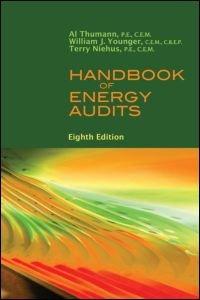Question
Prepare a master budget for the three-month period ending June 30, 2012. You MUST use formulas in all cells, not constant numbers. That means all
Prepare a master budget for the three-month period ending June 30, 2012. You MUST use formulas in all cells, not constant numbers. That means all cells in your budget must be linked to the data from TAB 1 or completed data from TAB 2. A template has been provided. Include the following detailed budgets:
1. a. A sales budget by month and in total.
b. A schedule of expected cash collections from sales, by month and in total.
c. A merchandise purchases budget in units and in dollars. Show the budget by and in total.
d. A schedule of expected cash disbursements for merchandise purchases, by month and in total.
2. A cash budget. Show the budget by month and in total.
TAB 3/INCOME STATEMENT
1. A budgeted income statement for the three month period ending June 30. Use the contribution approach. You MUST use formulas in all cells, not constant numbers. A partial template has been provided.
TAB 4/BALANCE SHEET
1. A budgeted balance sheet as of June 30. You MUST use formulas in all cells, not constant numbers. A template has been provided.
DATA:
The company desires a minimum ending cash balance each month of $10,000.
The ties are sold to retailers for $10.00 each. Recent and forecasted sales in units are as follows:
January (actual) 25,000 June 60,000
February (actual) 30,000 July 35,000
March (actual) 32,000 August 40,000
April 40,000 September 32,000
May 50,000
The large buildup in sales before and during June is due to Fathers Day. Ending inventories are supposed to equal 80% of the next months sales in units. The ties cost the company $6 each.
Purchases are paid as follows: 50% in the month of purchase and the remaining 50% in the following month. All sales are on credit, with no discount, and payable within 15 days. The company has found, however, that only 25% of a months sales are collected by month-end. An additional 50% is collected in the following month, and the remaining 25% is collected in the second month following sale. Bad debts have been negligible.
The companys monthly selling and administrative expenses are as follows:
Variable:
Sales commissions $1.50 per tie
Fixed:
Wages and salaries $22,000
Utilities 14,000
Insurance 1,200
Depreciation 1,500
Miscellaneous 3,000
All selling and administrative expenses are paid during the month, in cash, with the exception of depreciation and insurance expired. Land will be purchased during May for $20,000 cash. The company declares dividends of $12,000 each quarter, payable in the first month of the following quarter.
The company has an agreement with a bank that allows it to borrow in increments if $1,000 at the beginning of each month, up to a total loan balance of$100,000. The interest rate on these loans is 1% per month, and for simplicity, we will assume that interest is not compounded. At the end of the quarter, the company would pay the bank all of the accumulated interest on the loan and as much of the loan as possible (in increments of $1,000), while still retaining at least $10,000 in cash.
Step by Step Solution
There are 3 Steps involved in it
Step: 1

Get Instant Access to Expert-Tailored Solutions
See step-by-step solutions with expert insights and AI powered tools for academic success
Step: 2

Step: 3

Ace Your Homework with AI
Get the answers you need in no time with our AI-driven, step-by-step assistance
Get Started


